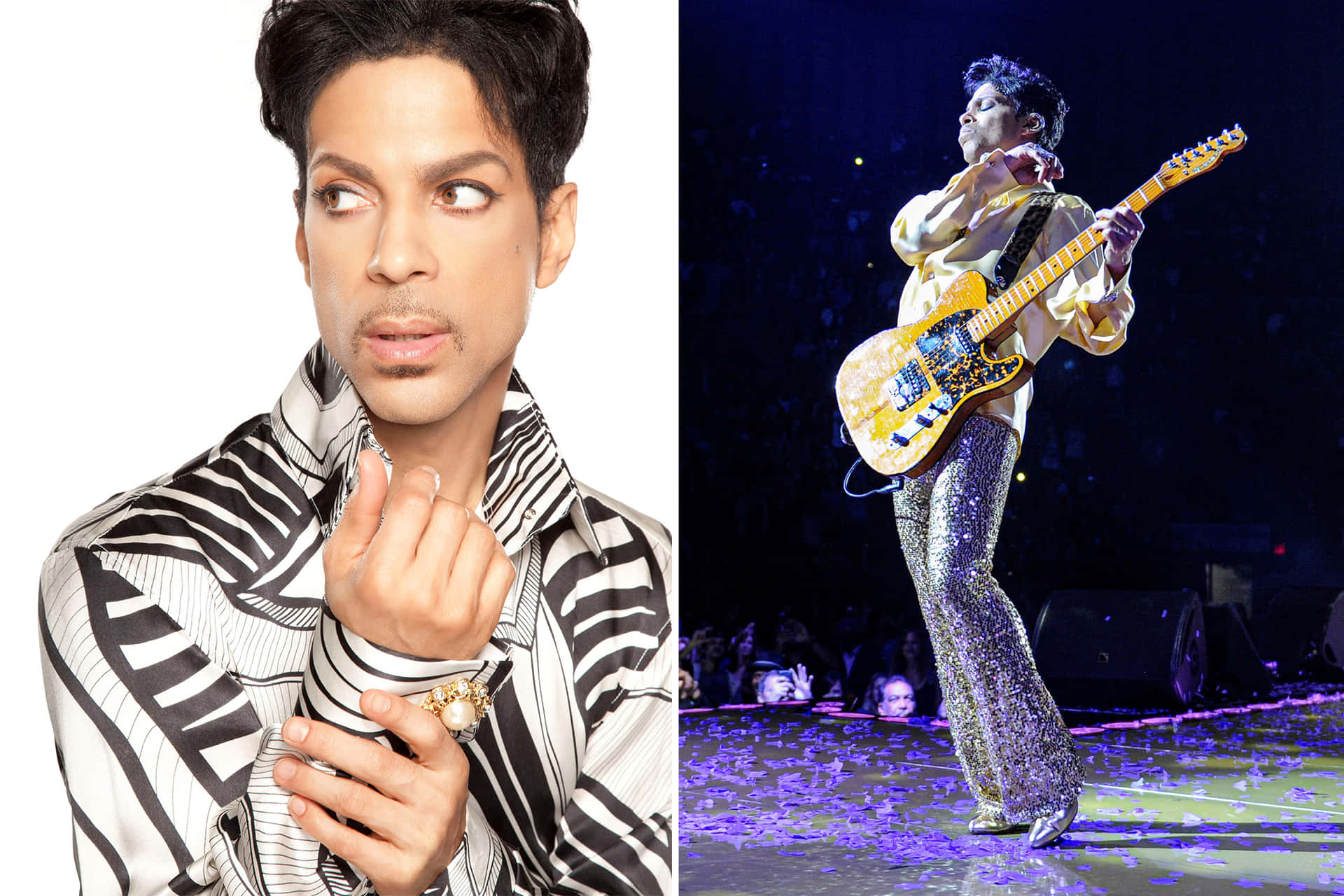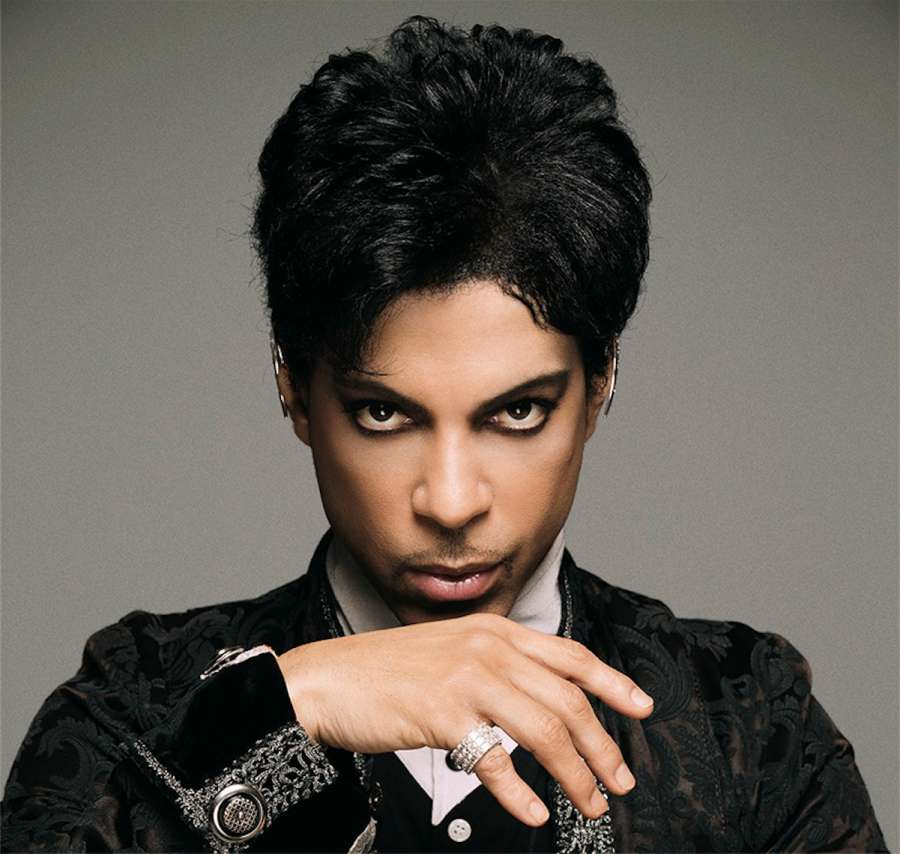It's quite a curious thing, isn't it, thinking about names, especially when we talk about people who are, you know, very much in the public eye. When it comes to someone like Prince William, people often wonder about something as basic as his last name. It seems a simple question, yet for those in the Royal Family, the answer can be a little more involved than what you might find for most people. There's a story there, a bit of history, and a system that has grown over many, many years, so figuring out his surname is actually quite interesting.
You see, for most of us, our family name is something we use every single day, on everything from our mail to our official papers. But for members of the Royal Family, their naming practices are, well, somewhat different. They have a public identity that often relies more on their titles and their lineage rather than a simple last name. This can lead to a fair bit of head-scratching for those of us trying to keep things straight, and it's almost a puzzle trying to figure out how it all works.
So, if you've ever found yourself pondering what exactly Prince William's surname is, you're certainly not alone. It's a question that pops up pretty often, and it makes sense why it would. There are various ways they can use a family name, depending on the situation, and sometimes they don't use one at all. It's a system that has, in a way, adapted over time, reflecting their unique position and responsibilities within the country, and there's a good reason for it, actually.
- Raspberry Pi Fleet Management Software Free
- Iot Device Remote Ssh Raspberry Pi Free Download
- Hollie Strano And Bradley Forward Still Together
- Lorenza Alagna
- Iot Remote Support
Table of Contents
- Prince William - A Brief Look at His Life
- What is the Official Prince William Surname?
- Why Don't Royals Always Use a Prince William Surname?
- When is a Prince William Surname Actually Used?
- How Did the Royal Family Get Its Current Surname?
- The Significance of Mountbatten-Windsor
- What About the Children's Prince William Surname?
- Public Perception Versus Official Use of the Prince William Surname
Prince William - A Brief Look at His Life
Prince William, who is known as William Arthur Philip Louis, was born in London. He came into the world on June 21, 1982, making him the older son of King Charles III and the late Diana, Princess of Wales. He is, of course, next in line to the throne, which means he has a very important role in the future of the monarchy. His upbringing was, in some respects, a blend of traditional royal customs and a more modern approach, particularly due to his mother's influence, you know.
He attended schools like Eton College, which is a rather well-known independent school for boys, and then went on to study at the University of St Andrews in Scotland. It was there that he met Catherine Middleton, who would later become his wife. After finishing his studies, he pursued a career in the military, serving as a pilot in the Royal Air Force's Search and Rescue Force. This experience gave him a very different perspective, and it was a period where he used a surname, which we'll talk about a little later.
Today, Prince William, now the Prince of Wales, takes on a considerable number of duties for the Crown. He is involved with many charitable causes and public service initiatives, often focusing on mental health, conservation, and helping young people. He and his wife, Catherine, have three children: Prince George, Princess Charlotte, and Prince Louis. Their family life is, understandably, a topic of much interest, and it certainly plays a part in how their names are presented to the public, too.
Personal Details and Bio Data of Prince William
| Full Name | William Arthur Philip Louis |
| Born | June 21, 1982 |
| Place of Birth | St Mary's Hospital, Paddington, London, England |
| Parents | King Charles III and Diana, Princess of Wales |
| Spouse | Catherine Middleton (married April 29, 2011) |
| Children | Prince George, Princess Charlotte, Prince Louis |
| Title | Prince of Wales |
| Position in Line of Succession | First |
What is the Official Prince William Surname?
So, the big question: what is Prince William's actual surname? For many, this is where things can get a little confusing, and it's actually a rather interesting piece of royal history. The official surname for members of the Royal Family, particularly those descended from Queen Elizabeth II, is Mountbatten-Windsor. This name came about through a specific declaration, making it the family name for those who don't have a royal title or for certain other situations, too.
The name Mountbatten-Windsor is a combination of two significant family lines. "Windsor" comes from the House of Windsor, which was adopted by King George V in 1917. This was during a time when there was a strong feeling against anything German, given the First World War, and the original family name, Saxe-Coburg and Gotha, sounded a bit too German. So, they chose Windsor, after Windsor Castle, which is a rather well-known royal residence, you know.
"Mountbatten" comes from Prince Philip, the late Duke of Edinburgh, who was born Prince Philip of Greece and Denmark. His family adopted the surname Mountbatten when they became British subjects. When Queen Elizabeth II married Prince Philip, there was a desire to also include his family name in some way, especially for their descendants. So, in 1960, it was declared that Mountbatten-Windsor would be the surname for those of their descendants who do not carry the style of Royal Highness, or who are not a Prince or Princess. It's a rather clever way to include both sides of the family, in a way.
Why Don't Royals Always Use a Prince William Surname?
It might seem odd that someone with an official surname doesn't always use it, but for members of the Royal Family, their public identity is usually tied to their titles. Think about it: when you hear about Prince William, you don't typically hear "Mr. Mountbatten-Windsor," do you? Instead, he's known by his titles, like the Prince of Wales, or simply "Prince William." This practice has a long history, going back to a time when monarchs and their immediate families were recognized by their royal house or their given names, not a specific last name, per se. It's a very traditional approach, you know.
Historically, royal houses were identified by their ruling dynasty, such as the Tudors, Stuarts, or Hanoverians. The idea of a surname, as we understand it today, didn't really apply to them in the same way it did to common folk. Their status was so elevated that a simple family name just wasn't necessary for identification. They were, in essence, above the need for one in their official capacity. This tradition has, in some respects, carried on, even as the world has changed around them, which is kind of interesting.
For royals, their titles often serve as their public "surname" or identifier. When Prince William was the Duke of Cambridge, for instance, he was often referred to as William Wales in military settings, using his father's territorial designation at the time. This system is a bit of a throwback, perhaps, but it certainly helps to distinguish them and emphasizes their unique role within the country. It's almost like their job title is their name, in a way, which is rather unique.
When is a Prince William Surname Actually Used?
Even though royals often go by their titles, there are definitely times when a surname, like the Prince William surname, becomes quite necessary. These are usually situations where a formal, non-royal name is needed, such as in school, during military service, or for official documents that require a standard last name. For example, when Prince William attended university, he was known as William Wales, using his father's then-title, the Prince of Wales, as his last name. This is a pretty common practice for royal children, you know.
During his time in the military, serving in the Royal Air Force, he was also known as Flight Lieutenant Wales. This allowed him to operate within the military structure like any other service member, without his royal status causing too much of a stir in day-to-day operations. It’s a practical solution, really, for situations where a standard naming convention is required. It just makes things a little smoother, apparently.
Another instance where a surname is used is for members of the Royal Family who do not hold a title of Prince or Princess, or who are further down the line of succession. For example, if Prince William's children were not given royal titles, they would use Mountbatten-Windsor as their surname. This ensures that everyone in the family has a proper last name for everyday life, even if they are not always using it in their public, royal roles. It's a bit of a balancing act, you know, between tradition and modern needs.
How Did the Royal Family Get Its Current Surname?
The journey to the current royal surname, Mountbatten-Windsor, is actually a pretty interesting story, and it shows how the monarchy has adapted over time. Before 1917, the Royal Family's surname was Saxe-Coburg and Gotha. This name came from Prince Albert, Queen Victoria's husband, who belonged to the German ducal house of Saxe-Coburg and Gotha. So, for a while, that was the family's official name, in a way.
However, the First World War brought about a strong feeling against anything German in Britain. King George V, who was the reigning monarch at the time, recognized that having a German-sounding family name was not really a good idea for public relations. So, in 1917, he made a very significant decision: he declared that the Royal House and family would give up all German titles and dignities and would instead be known as the House of Windsor. This name was chosen, quite simply, after Windsor Castle, which is a rather iconic symbol of the monarchy. It was a very practical move, really, to connect the family more closely with British heritage, you know.
Then, in 1960, another change came about. Queen Elizabeth II and Prince Philip wanted to acknowledge Prince Philip's family line. Prince Philip's original family name was Schleswig-Holstein-Sonderburg-Glücksburg, but his family had adopted the surname Mountbatten when they became British subjects. So, Queen Elizabeth II issued an Order in Council stating that while the Royal House would remain Windsor, her descendants, other than those who are styled Royal Highness and Prince or Princess, or female descendants who marry, would use the surname Mountbatten-Windsor. This was a way to make sure both sides of the family were represented in the family name, which is pretty fair, in some respects.
The Significance of Mountbatten-Windsor
The name Mountbatten-Windsor is more than just a combination of two surnames; it actually
- Remoteiot Vpc Network Raspberry Pi Aws Download
- Remoteiot Cloud Chart
- Raspberry Pi Remoteiot App Free
- Remote Iot Platform Ssh Key Not Working
- Ms Sethi Only Fan


